เจ้าหน้าที่ระดับสูงของกองทัพจีนยืนยันกับ People’s Daily สื่อกระบอกเสียงรัฐบาลว่า J-31 เครื่องบินขับไล่เจน 5 (สเตลธ์) ซึ่งพัฒนาโดยเสิ่นหยาง แอร์คราฟท์ คอร์ป จะผลิตเพื่อการส่งออกให้ประเทศหุ้นส่วนทางยุทธศาสตร์และพันธมิตรเท่านั้น โดยจะไม่นำเข้าประจำการในกองทัพ รวมถึงบนเรือบรรทุกเครื่องบินจีนตามที่ผู้สันทัดกรณีหลายฝ่ายคาดการณ์ก่อนหน้านี้
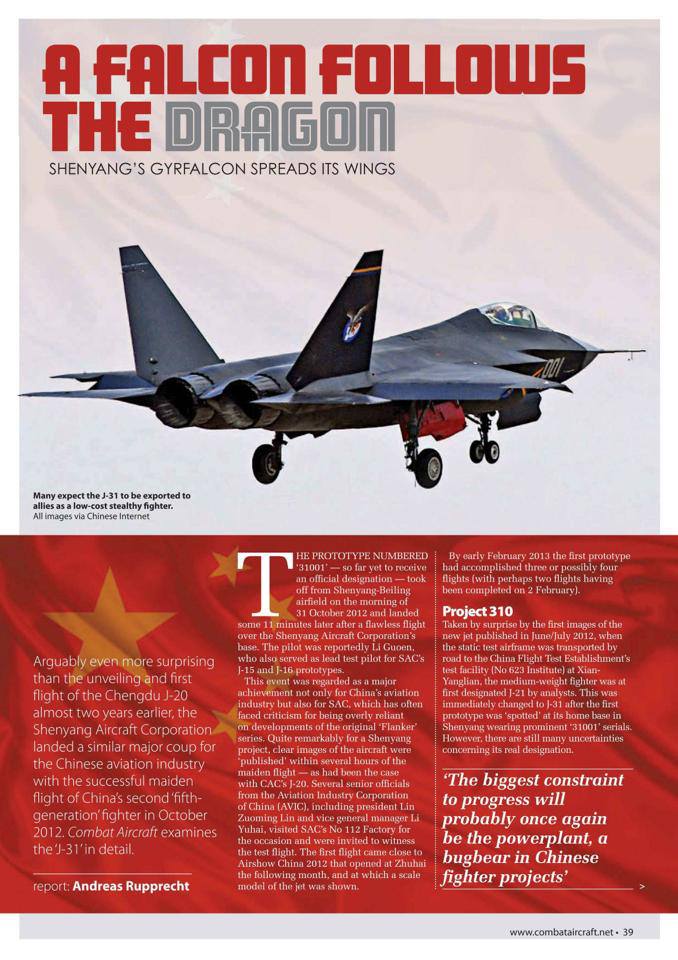
..............................
A PLA Navy official has confirmed to state-run media outlets that China will export the Shenyang J-31 twin-engine fifth generation fighter jet.
According to the Taiwan-based Want China Times, Admiral Zhang Zhaozhong told the People’s Daily this week that the J-31 was never built with China’s military in mind, and it was highly unlikely that the PLA would ever operate J-31s off of its aircraft carriers. Instead, the J-31 was designed for export to China’s strategic partners and allies, particularly those that couldn’t purchase the F-35.
The J-31, often referred to as the Falcon Hawk, Falcon Eagle, F-60 or J-21, is one of China’s two prototype fifth-generation aircraft, the other being the J-20. It is built by Shenyang Aircraft Corporation, and images of the aircraft first began appearing on the internet around this time last year.
Photos of the J-31 allegedly conducting its first test run surfaced last November, followed by a one-quarter scale model of the stealth fighter being showcased the same month at the China International Aviation and Aerospace Exhibition, China’s largest airshow. It was identified only as the Advanced Fighter Concept at the show, although reports in China’s state-run media said that prototype was a J-31. More recently, last month, the Global Times posted a picture of a J-31 doing a test run on its online edition.
Previous reports in China’s state-run media have been mixed as to whether the J-31 would serve as the PLA’s future carrier-based fighter, or whether it was intended for foreign customers. Sun Cong, the chief designer of both China’s current carrier-based aircraft, the J-15, as well as the J-31, told the People’s Daily earlier this year that future versions of the J-31 might become China next-generation carrier-borne fighter jet. However, representatives from the Aviation Industry Corporation of China, a state-owned aerospace company that displayed the prototype at the airshow last November, billed it at the time as intended for export.
An article in the People’s Daily at the end of last month did little to clarify matters. The article referred to the J-31 as a fourth-generation stealth fighter, while also saying that is comparable to the U.S.’ F-35 fighter jets. The report first said that it would be exported abroad as a competitor to the F-35, before discussing the possibility that it will be China’s next carrier-borne fighter.
“Experts predict that the J-31 will make rapid inroads in the international market in the future, and will undoubtedly steal the limelight from the F-35,” the People’s Daily report said, noting also that competition to sell the fighter jets to international customers was “becoming a new variable in the Sino-US strategic game.”
The report added that, “The J-31, with its main target as the export market, represents a serious threat to U.S. arms manufacturers.” Later in the same article, however, People’s Daily noted that the plane’s landing gear was built to sustain the impact of landing on a carrier better than the current J-15s, and therefore might be used as China’s future carrier-based jet.
One possibility is that China is building both a domestic and export version of the aircraft. Some foreign news outlets have indeed said that China may sell a version of the aircraft abroad under the name F-60, while maintaining a fleet of domestic J-31s for the PLA.
With so little known about the J-31, it’s hard to gauge how credible China’s claims are that the J-31 is a low-cost alternative to the F-35. In a report in Defense News last August, shortly after the first few images of the plane surfaced, Project 2049 Institute’s Robert Cliff dismissed the notion that the J-31 would pose a serious threat to the F-35 in terms of overseas sales.
““India won’t buy it. Russia won’t buy it,” Cliff noted, adding: “That pretty much leaves countries like Pakistan, Brazil, some Middle East countries, none of whom [the U.S. is] likely to sell the F-35 to anytime this decade or next.”
He also said that he did not believe Saudi Arabia was interested in the plane.
Pakistan is perhaps the most likely foreign purchaser of the fighter. Pakistan and China previously jointly developed the JF-17 Thunder advanced fighter, although only Islamabad has ended up purchasing the jet thus far. This week Pakistani officials called on China to increase cooperation in the area of defense production. Beijing has long helped Islamabad acquire the necessary knowledge and expertise to develop a more advanced domestic defense industry.
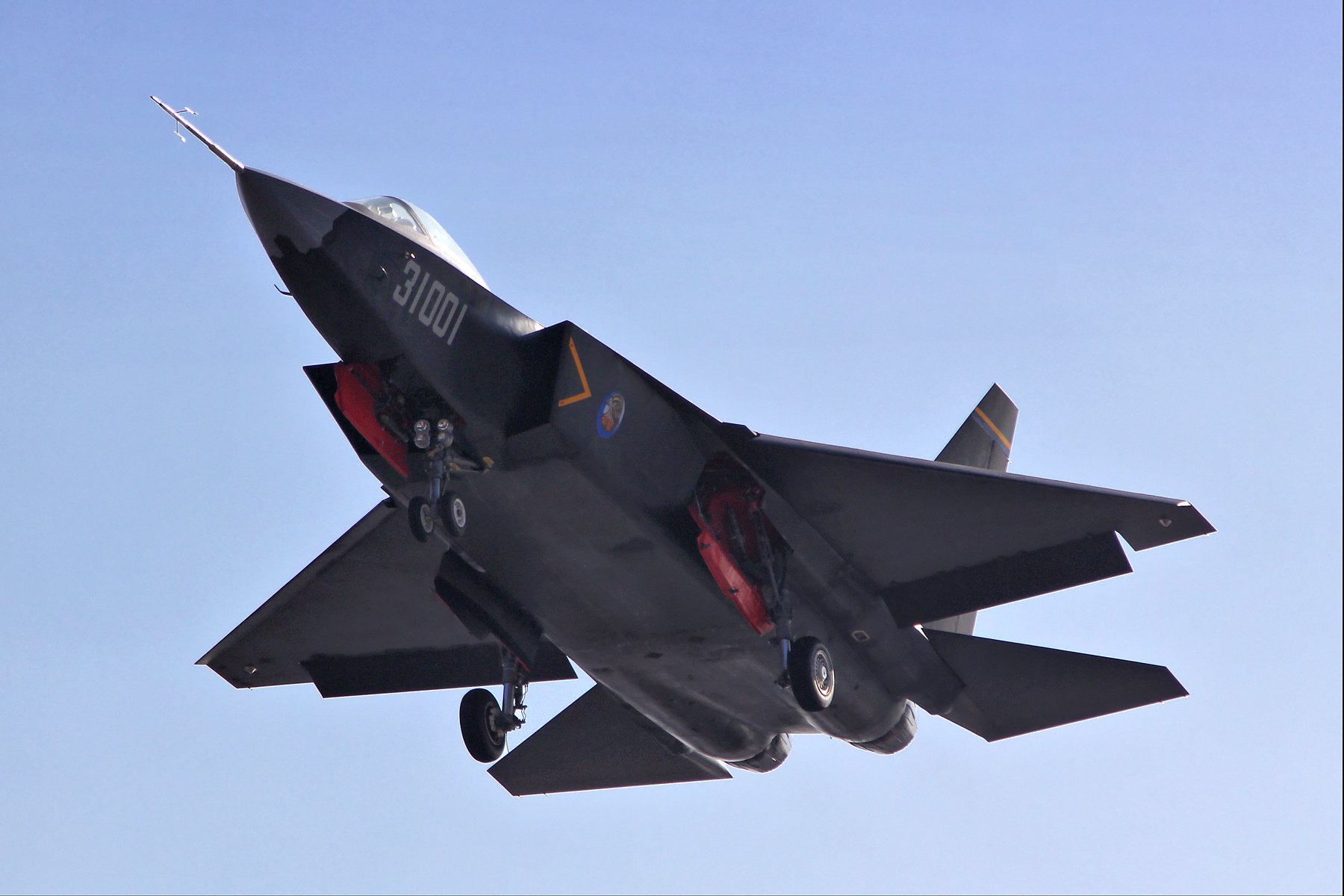
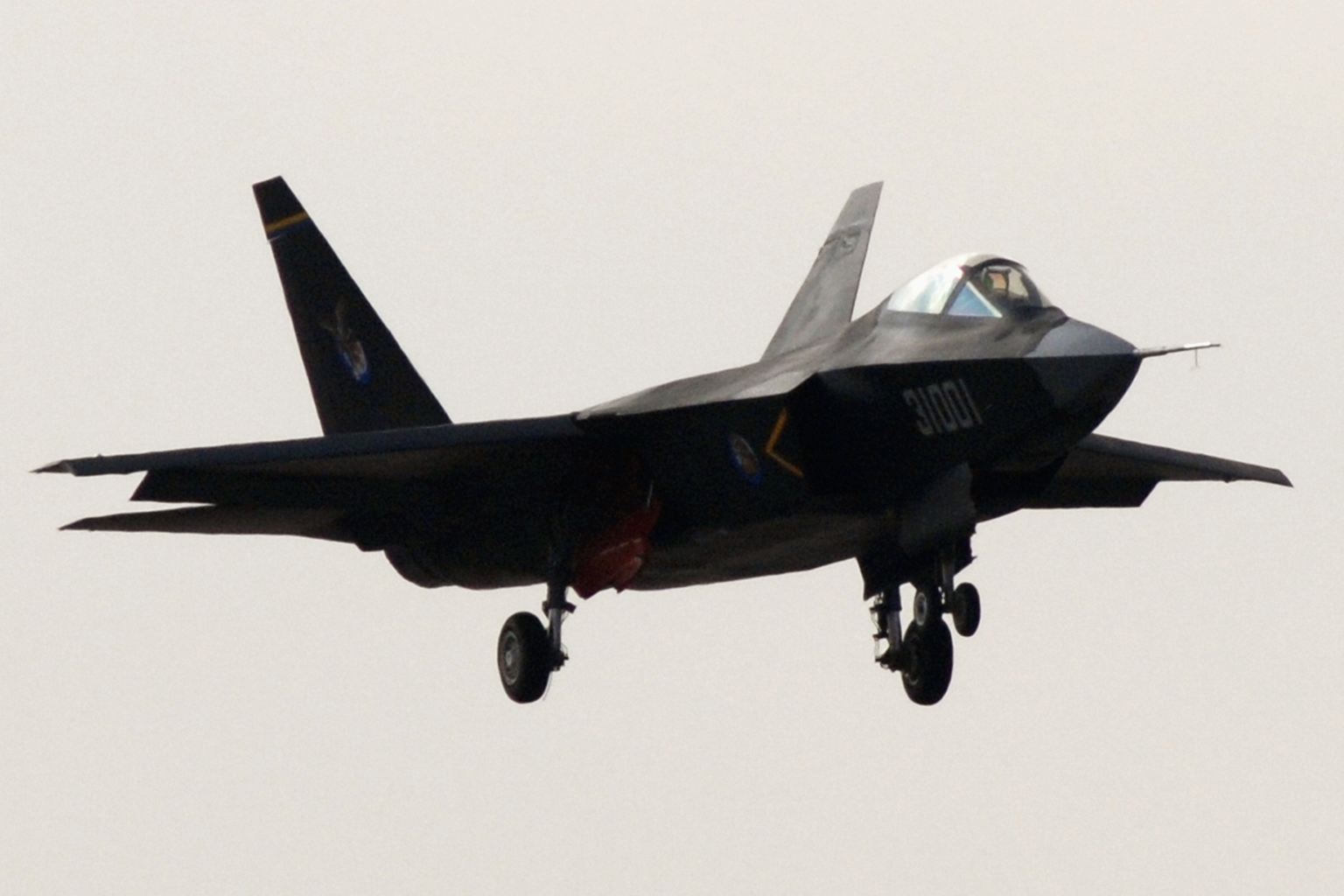
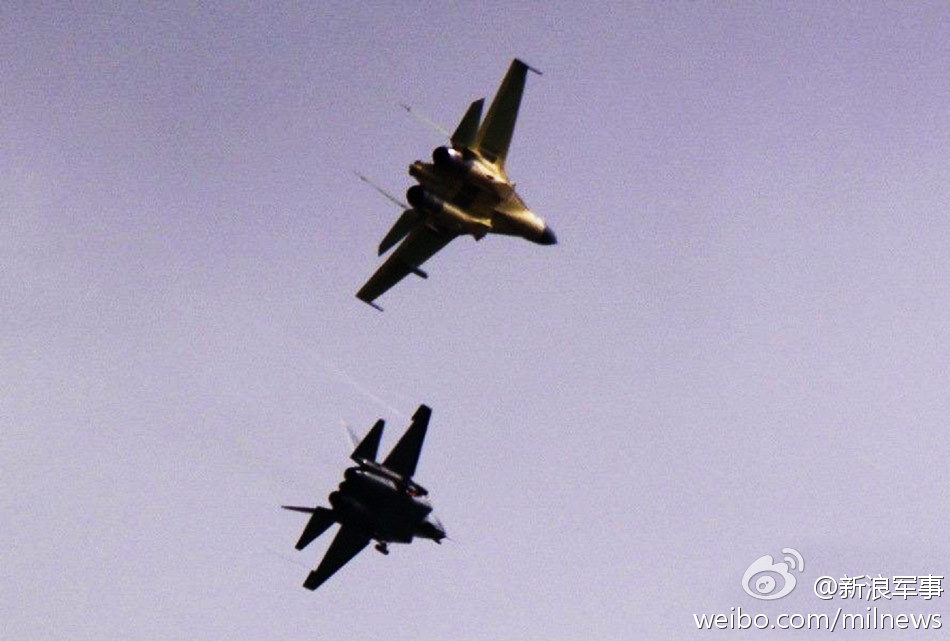
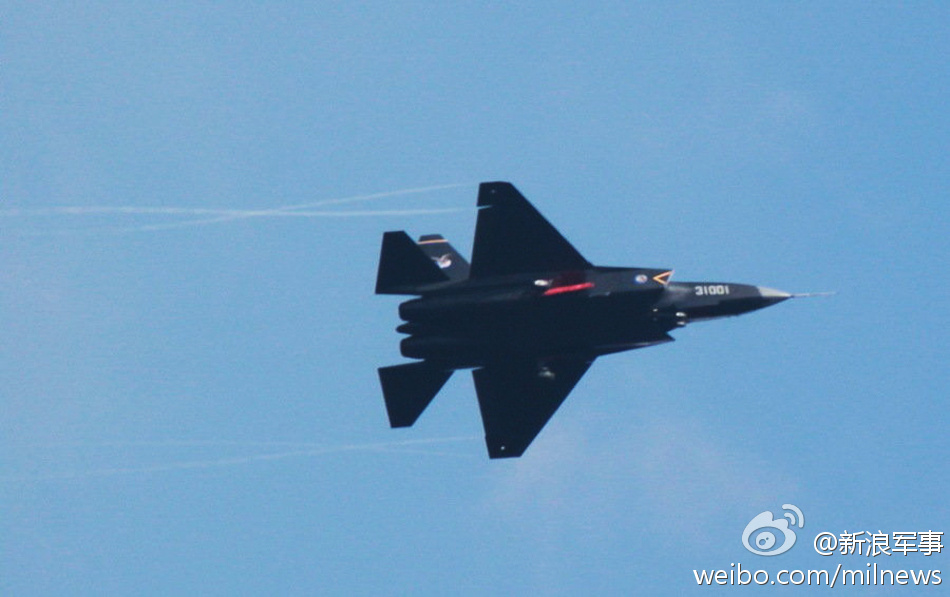
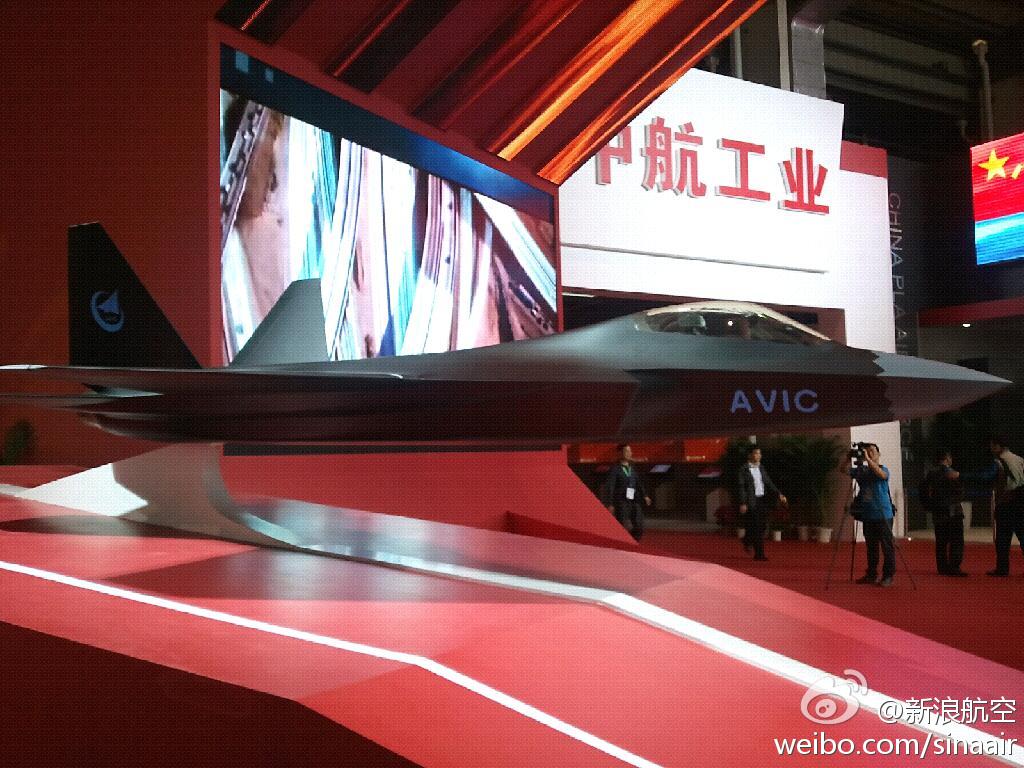


จนท.กองทัพจีนยืนยัน J-31 จะผลิตเพื่อส่งออกเท่านั้น ไม่นำเข้าประจำการในกองทัพจีนแน่นอน
..............................
A PLA Navy official has confirmed to state-run media outlets that China will export the Shenyang J-31 twin-engine fifth generation fighter jet.
According to the Taiwan-based Want China Times, Admiral Zhang Zhaozhong told the People’s Daily this week that the J-31 was never built with China’s military in mind, and it was highly unlikely that the PLA would ever operate J-31s off of its aircraft carriers. Instead, the J-31 was designed for export to China’s strategic partners and allies, particularly those that couldn’t purchase the F-35.
The J-31, often referred to as the Falcon Hawk, Falcon Eagle, F-60 or J-21, is one of China’s two prototype fifth-generation aircraft, the other being the J-20. It is built by Shenyang Aircraft Corporation, and images of the aircraft first began appearing on the internet around this time last year.
Photos of the J-31 allegedly conducting its first test run surfaced last November, followed by a one-quarter scale model of the stealth fighter being showcased the same month at the China International Aviation and Aerospace Exhibition, China’s largest airshow. It was identified only as the Advanced Fighter Concept at the show, although reports in China’s state-run media said that prototype was a J-31. More recently, last month, the Global Times posted a picture of a J-31 doing a test run on its online edition.
Previous reports in China’s state-run media have been mixed as to whether the J-31 would serve as the PLA’s future carrier-based fighter, or whether it was intended for foreign customers. Sun Cong, the chief designer of both China’s current carrier-based aircraft, the J-15, as well as the J-31, told the People’s Daily earlier this year that future versions of the J-31 might become China next-generation carrier-borne fighter jet. However, representatives from the Aviation Industry Corporation of China, a state-owned aerospace company that displayed the prototype at the airshow last November, billed it at the time as intended for export.
An article in the People’s Daily at the end of last month did little to clarify matters. The article referred to the J-31 as a fourth-generation stealth fighter, while also saying that is comparable to the U.S.’ F-35 fighter jets. The report first said that it would be exported abroad as a competitor to the F-35, before discussing the possibility that it will be China’s next carrier-borne fighter.
“Experts predict that the J-31 will make rapid inroads in the international market in the future, and will undoubtedly steal the limelight from the F-35,” the People’s Daily report said, noting also that competition to sell the fighter jets to international customers was “becoming a new variable in the Sino-US strategic game.”
The report added that, “The J-31, with its main target as the export market, represents a serious threat to U.S. arms manufacturers.” Later in the same article, however, People’s Daily noted that the plane’s landing gear was built to sustain the impact of landing on a carrier better than the current J-15s, and therefore might be used as China’s future carrier-based jet.
One possibility is that China is building both a domestic and export version of the aircraft. Some foreign news outlets have indeed said that China may sell a version of the aircraft abroad under the name F-60, while maintaining a fleet of domestic J-31s for the PLA.
With so little known about the J-31, it’s hard to gauge how credible China’s claims are that the J-31 is a low-cost alternative to the F-35. In a report in Defense News last August, shortly after the first few images of the plane surfaced, Project 2049 Institute’s Robert Cliff dismissed the notion that the J-31 would pose a serious threat to the F-35 in terms of overseas sales.
““India won’t buy it. Russia won’t buy it,” Cliff noted, adding: “That pretty much leaves countries like Pakistan, Brazil, some Middle East countries, none of whom [the U.S. is] likely to sell the F-35 to anytime this decade or next.”
He also said that he did not believe Saudi Arabia was interested in the plane.
Pakistan is perhaps the most likely foreign purchaser of the fighter. Pakistan and China previously jointly developed the JF-17 Thunder advanced fighter, although only Islamabad has ended up purchasing the jet thus far. This week Pakistani officials called on China to increase cooperation in the area of defense production. Beijing has long helped Islamabad acquire the necessary knowledge and expertise to develop a more advanced domestic defense industry.